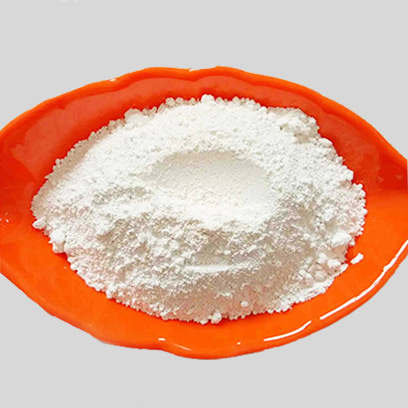
नवम्बर . 25, 2024 10:07 Back to list
titanium dioxide for printing inks
Titanium Dioxide for Printing Inks A Comprehensive Overview
In an increasingly digital world, the demand for high-quality printing inks is at an all-time high. One of the crucial components that has gained significant attention in this realm is titanium dioxide. Known for its exceptional properties, titanium dioxide (TiO2) serves not only as a pigment in various ink formulations but also as a key driver for enhancing print quality and performance. This article explores the role of titanium dioxide in printing inks, its advantages, and future prospects in the industry.
The Role of Titanium Dioxide
Titanium dioxide is predominantly used as a white pigment due to its brilliant whiteness and high refractive index. When incorporated into printing inks, TiO2 enhances opacity, brightness, and color intensity, making it an indispensable element in various applications, including packaging, commercial printing, and decorative printing. The pigment’s ability to scatter light effectively allows for vibrant colors and sharp images, vital for industries that demand visual impact.
In addition to its pigment properties, titanium dioxide offers excellent stability and durability in ink formulations. It is resistant to UV radiation, which helps to prevent fading and discoloration over time. This characteristic is particularly useful for outdoor advertising materials, where long-lasting visibility and quality are essential. Furthermore, TiO2 is non-toxic and environmentally friendly, making it an attractive option for manufacturers looking to produce sustainable inks.
Types of Titanium Dioxide
There are primarily two types of titanium dioxide rutile and anatase. Rutile is the more commonly used form in printing inks due to its superior opacity and greater photostability compared to anatase. However, anatase has its unique applications, especially in producing specific types of inks where a milder white tone is required. The choice of titanium dioxide type often depends on the desired characteristics of the final print product.
In recent years, advancements in nanotechnology have also led to the development of nano-sized titanium dioxide particles. These nanoparticles can provide additional benefits, such as improved dispersion and enhanced strength for the inks. However, the usage of nanoparticles comes with considerations regarding health and environmental impacts, necessitating thorough research and regulatory compliance.
Advantages of Using Titanium Dioxide in Inks
titanium dioxide for printing inks

The inclusion of titanium dioxide in printing inks offers numerous advantages
2. Color Fastness The pigment's resistance to fading ensures that printed materials maintain their visual appeal over time, a critical factor for brands that rely on consistent marketing imagery.
3. Versatility Titanium dioxide can be used across various ink formulations, including solvent-based, water-based, and UV-cured inks, allowing for diverse applications in different printing techniques.
4. Sustainability With increasing regulatory pressure for environmentally friendly products, TiO2 serves as a safer alternative to some other pigment options. Its non-toxic nature supports manufacturers' efforts to produce eco-friendly inks.
5. Improved Performance Not only does titanium dioxide increase visual quality, but it also improves the mechanical properties of inks, such as scratch resistance and adhesion to substrates.
Future Prospects
The market for printing inks containing titanium dioxide is poised for growth as industries continue to seek enhanced quality and sustainability in their products. Innovations in formulation technologies and applications of nanotechnology could further expand the uses of TiO2 in ink production. Moreover, as brands and consumers become more environmentally conscious, the push for non-toxic and sustainable materials will likely increase the demand for titanium dioxide in various printing processes.
In conclusion, titanium dioxide plays a vital role in the printing ink industry, contributing to enhanced print quality, durability, and sustainability. As the market evolves, continued advancements in technology and material science will undoubtedly shape the future of titanium dioxide applications, paving the way for even more innovative and environmentally friendly printing solutions. By leveraging the unique properties of titanium dioxide, manufacturers can meet the rising demands for high-performance inks in a competitive marketplace.
-
High-Performance r6618 TiO2 for Superior Whitening and Versatility
NewsJul.28,2025
-
Titanium Dioxide B101 for High Purity and Brightness
NewsJul.28,2025
-
High Quality TiO2 for Superior Performance - Reliable Supply & Purity
NewsJul.27,2025
-
13463-67-7 Titanium Dioxide Using for Coating Supplier – High-Quality Rutile TiO2 for Paints
NewsJul.26,2025
-
High-Quality Titania TiO2 from Leading China Suppliers & Factories
NewsJul.25,2025
-
High Quality Titania TiO2 from Leading China Manufacturer and Supplier
NewsJul.24,2025
